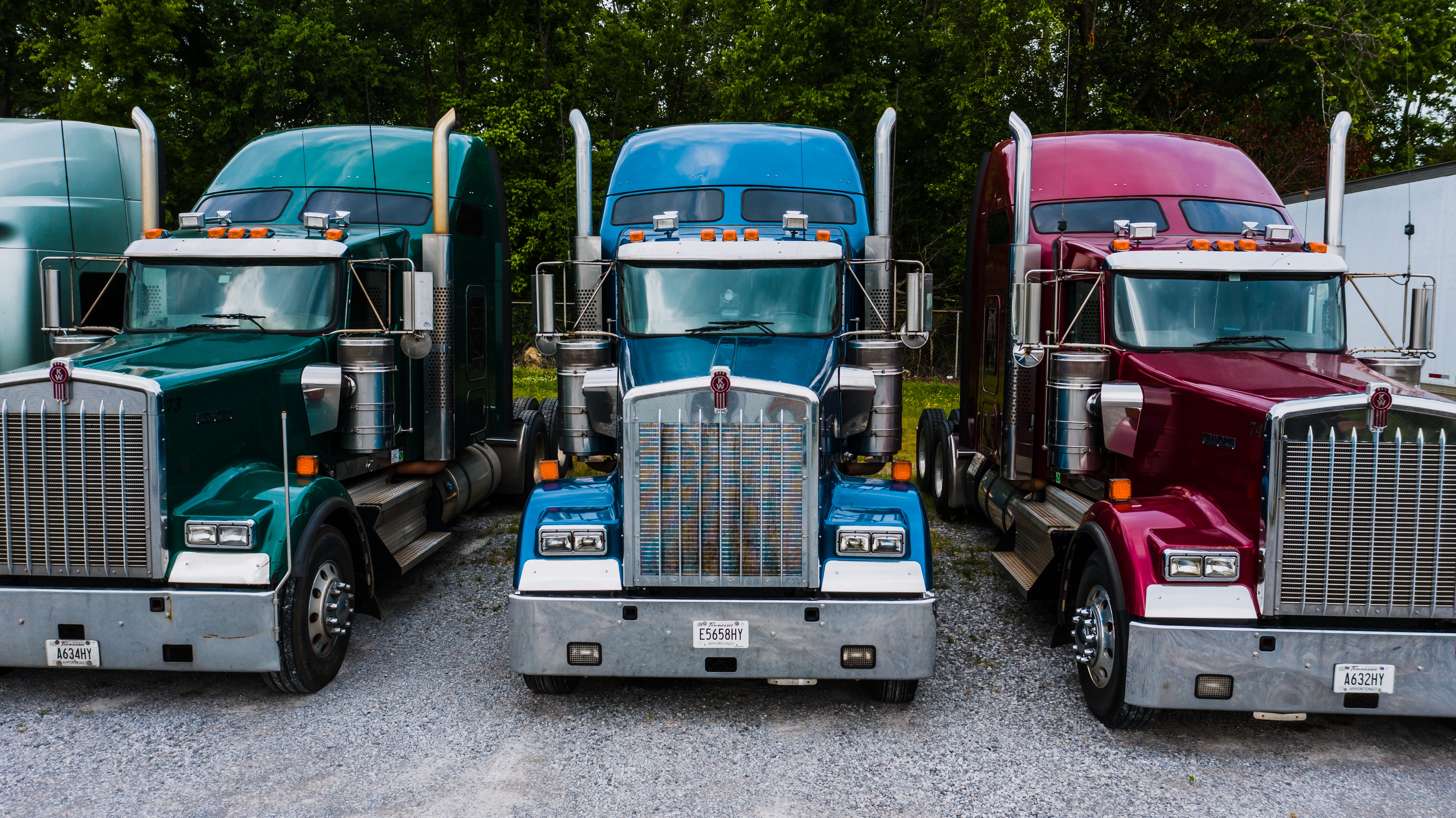The transportation and logistics industry has traditionally competed primarily on price—a business model that is rapidly becoming obsolete. Modern customers of all walks of life are increasingly prioritising the quality of the service they receive and the overall customer experience. When asked whether price or service is more important to shippers doing business with third-party logistics (3PL) providers, 77% of shippers report that service is more important to them, according to 2020 industry research by Inbound Logistics. These trends aren’t a passing fad. All customers, even in the transportation and logistics industry, expect the ability to access relevant, comprehensive information about their accounts and orders at their fingertips. They expect to be able to request and receive fast resolutions to their problems. And they expect that automation and AI are being used to enhance the quality of their experiences.
Driving Customer Satisfaction with Customer Service Management
Transportation and logistics executives who want to be responsive to these trends must think in very different terms. Instead of maintaining a laser-like focus on cost-cutting and competing on price, industry executives should be adopting a service-first mindset. They should focus on increasing customer satisfaction (e.g., CSAT and NPS scores), developing rapid solutions to customer issues, maintaining strong brand loyalty, and ensuring that customers can trust that the company is protecting the privacy of their data. On this journey to transform their organisations, transportation and logistics executives can expect to encounter significant roadblocks that impede their forward momentum. Let’s explore four key challenges the industry faces as it looks to optimise the customer experience—and how modern technology can effectively solve all of these challenges:
- Executives lack visibility into the customer experience: The transportation and logistics industry typically lacks comprehensive, 360-degree customer views—and it’s for the simple reason that the industry traditionally didn’t need this level of visibility. Today, as more and more companies come to understand the importance of having a complete view of the customer experience, they’re finding that their existing operating environment can’t provide them this access. In fact, many transportation and logistics companies lack the tools to understand the most important drivers of customer satisfaction and loyalty across their various operating platforms. Moreover, these companies don’t know how to refine and enhance the customer experience to be optimally responsive to what customers want and expect. To overcome these shortcomings, transportation and logistics companies need a modern, encompassing system that can integrate and unify information silos—and ultimately produce meaningful, actionable business intelligence from data. ServiceNow's CSM suite is designed from the ground up to provide this visibility and insight. With ServiceNow, companies learn precisely when, where, and how customers are interacting with the business across multiple siloed systems and workflows.
- Customers expect fast, consistently accurate resolutions: Transportation and logistics customers know from interacting with businesses across various industries that modern companies are capable of resolving their issues rapidly, accurately, and consistently. And these customers are demanding that transportation and logistics be held to the same standard. For transportation and logistics executives, this is not an easy standard to meet. Legacy operating environments are typically not well-suited to effectively track customer issues, or to immediately connect customers to the best team to resolve their issue, or to proactively notify customers about known issues—and ideally resolve them—before the customer even becomes aware via social listening. Thus, it is only by replacing legacy systems with ServiceNow that businesses can rapidly help customers reach resolutions in the ways that customers expect and demand.
- Customers expect self-service options: Even when customers in the transportation and logistics industry don’t experience problems, they still want insight into the status of their shipments and orders—and they still have questions related to this status. Legacy operating systems in the transportation and logistics industry can provide these insights, but often only if employees know how to navigate multiple disconnected, complex systems and manually extract specific data. This paradigm isn’t good enough for modern customers; they want to be able to look up this information themselves automatically—using intuitive, well-designed interfaces. ServiceNow CSM offers a viable path forward for transportation and logistics companies to rapidly create best-in-class self-service options. These features and capabilities are foundational to driving CSAT and NPS across diverse customer groups.
- Privacy of customer data must be protected: Modern data privacy laws mandate that customers know how their data is being stored and used. The challenge for most transportation and logistics companies is that this data isn’t all in one place. It’s typically spread out across multiple operating, marketing, and loyalty programmes. That makes it tough for companies to comply with data privacy laws. ServiceNow solves this challenge by consolidating all customer personal data housed in multiple legacy systems. As this data gets updated or deleted, the platform takes care of managing workflows across multiple systems and teams to ensure consolidated data sets always are an accurate reflection of all of the customer data that needs safeguarding.
Transportation and logistics companies are under enormous pressure to maintain or boost their CSAT and drive brand loyalty among customers. To effectively advance these goals, executives must understand—and be prepared to address—the fact that visibility into the customer experience is typically lacking, that modern customers expect fast and consistently accurate resolutions as well as self-service options, and that the privacy of all customer data needs to be protected.
If you’d like to get help managing and overcoming the multiple significant challenges your company faces on the road to optimising the customer experience, please reach out to the ServiceNow workflow experts at Crossfuze. We’d be happy to help you figure out how to navigate roadblocks—and ultimately use ServiceNow to build optimal customer experiences.





